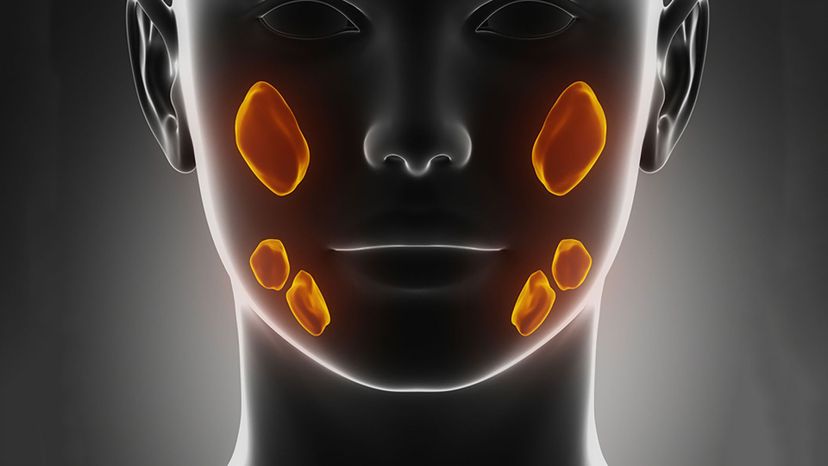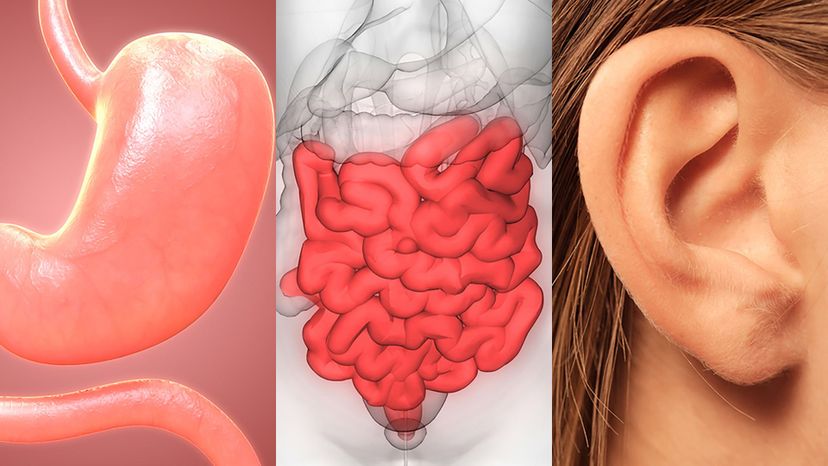
About This Quiz
Multicellular organisms, including humans, have a high level of classification that begins with the basic cells. When combined, they go on to make up tissue; tissues then make up organs, organs make up organ systems and together, these systems make up an organism.
An organ is defined as "a collection of tissue that group together to perform a single function." The body is said to be made up of 80 organs, all of which carry out specific functions necessary for life.
Some of the most well-known organs include the heart, the lungs, the liver, the brain, and the kidneys. These vital organs are essential for survival and without them, death is inevitable. The body also houses the stomach, the spleen, the bladder, the thyroid gland, muscles, bones, and the skin, which happens to be the largest organ of all.
How well do you know the different functions of the organs in your own body? If you were given images of these organs, would you be able to identify their function and/or locations? If you would like to find out just how much you know about what goes on inside of you, then you can do so by taking this quiz!
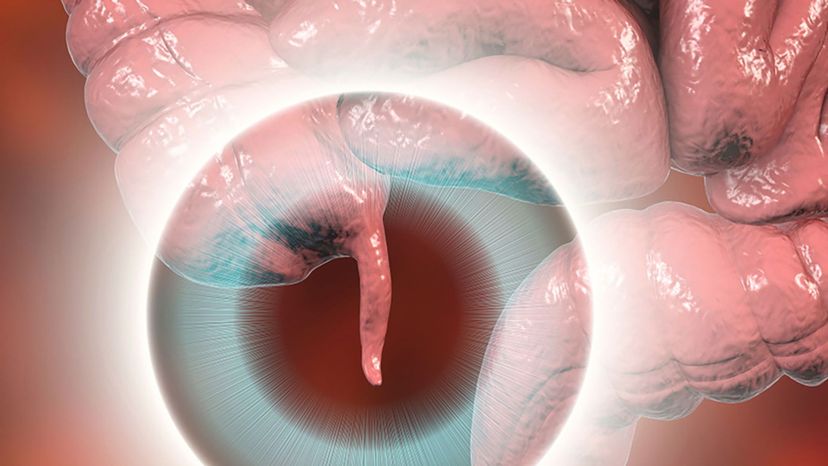

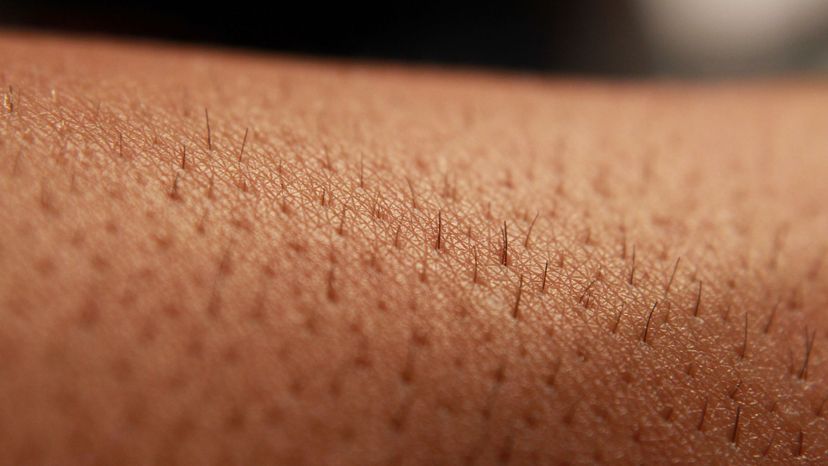
Advertisement
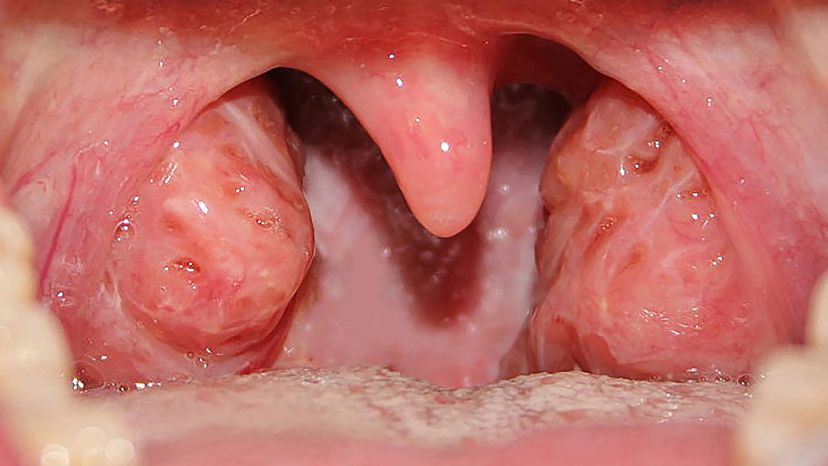
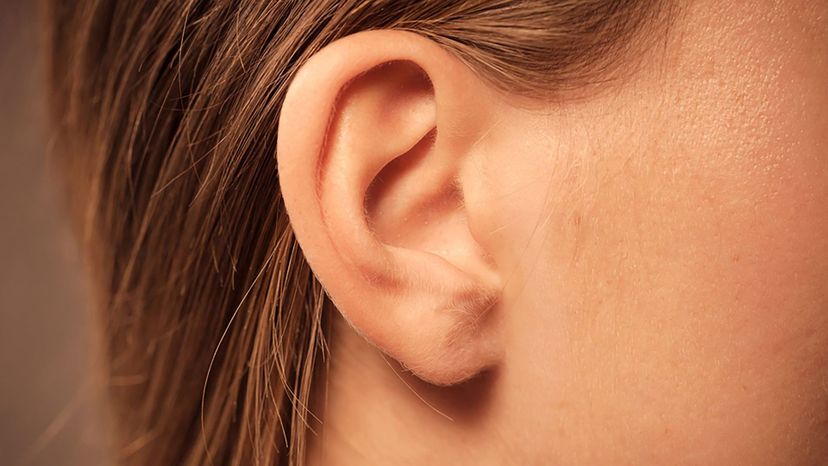
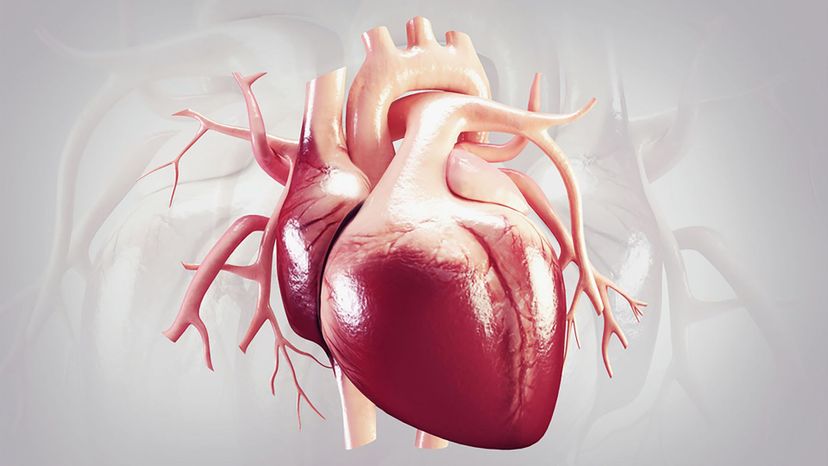
Advertisement
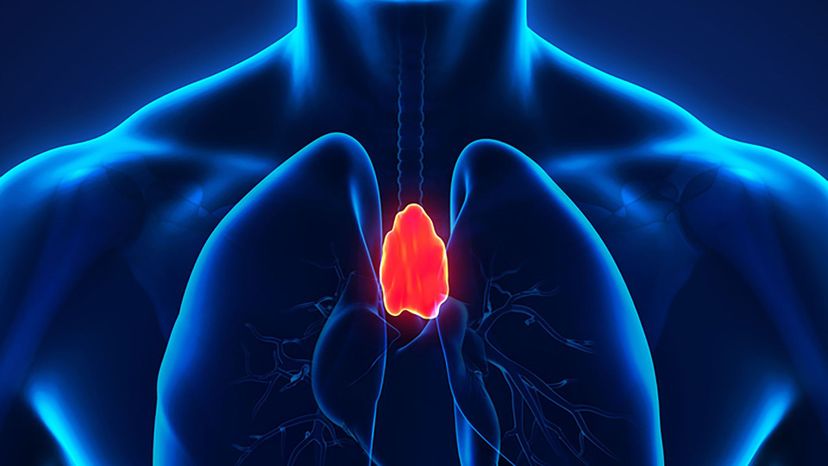
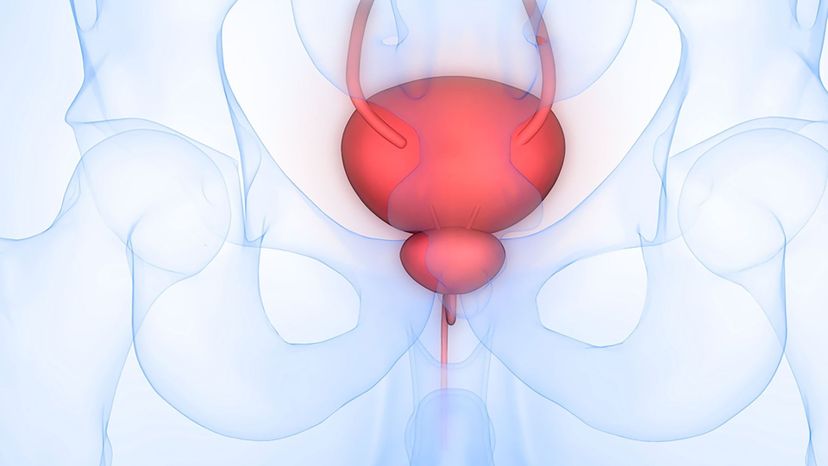
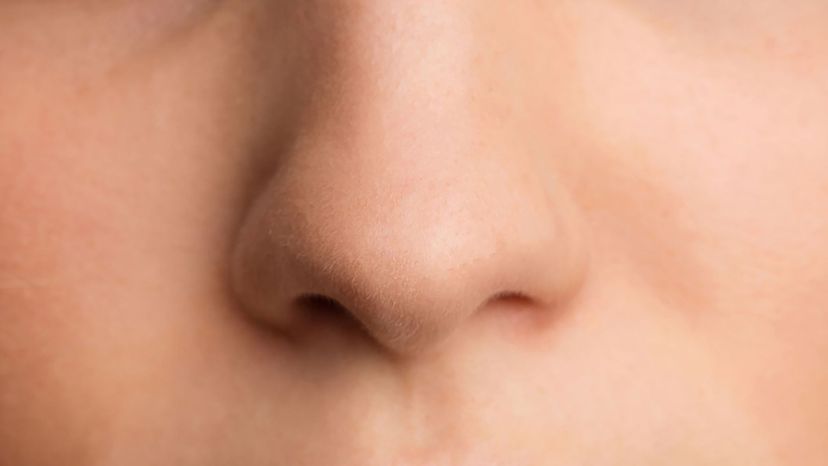
Advertisement
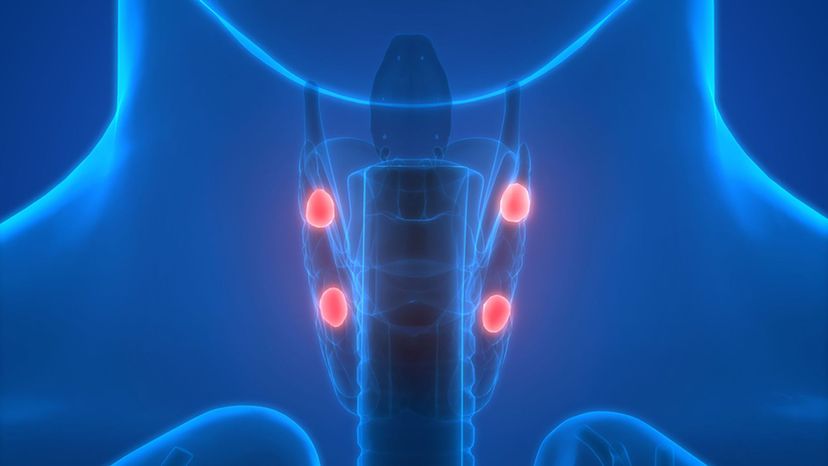

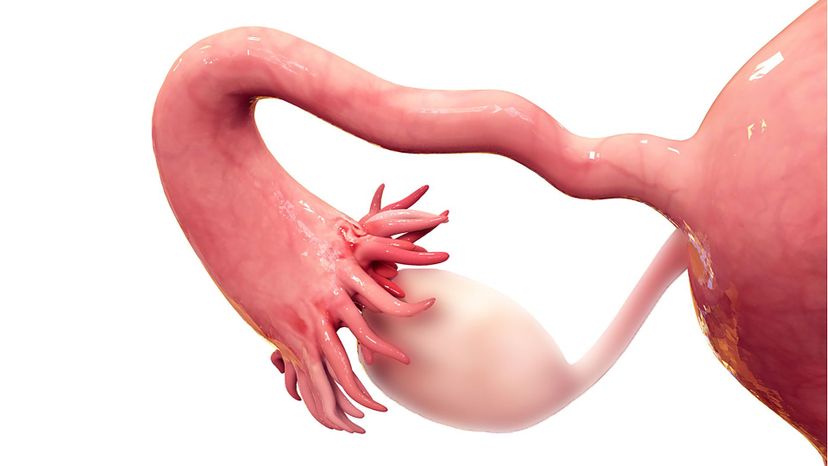
Advertisement
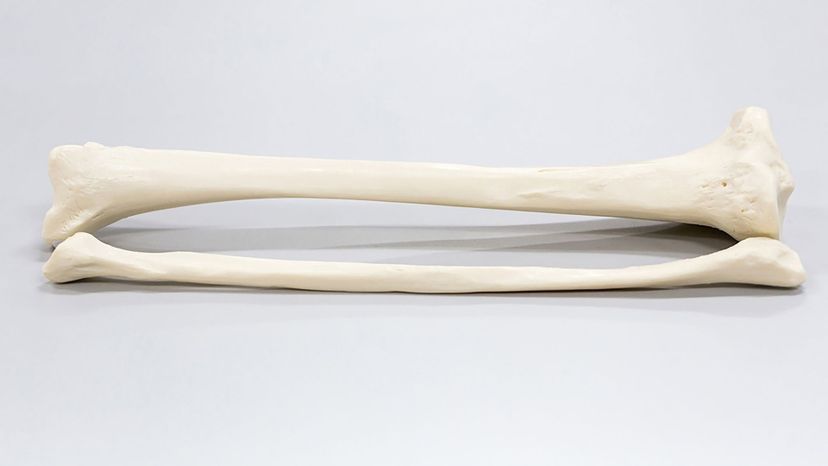
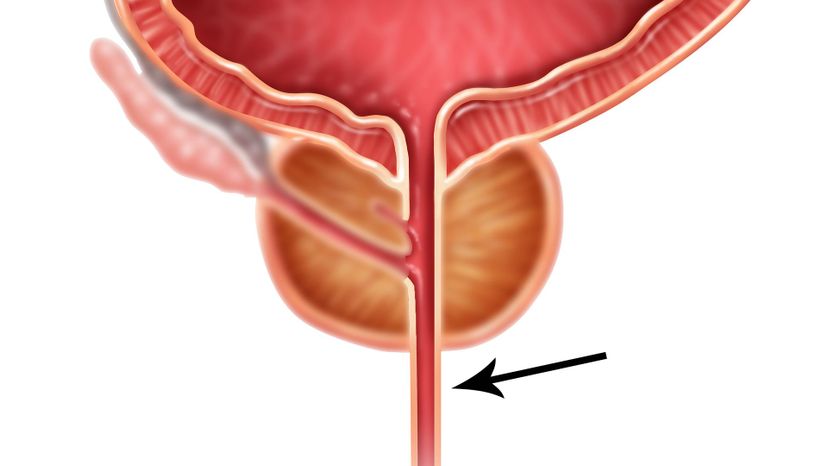
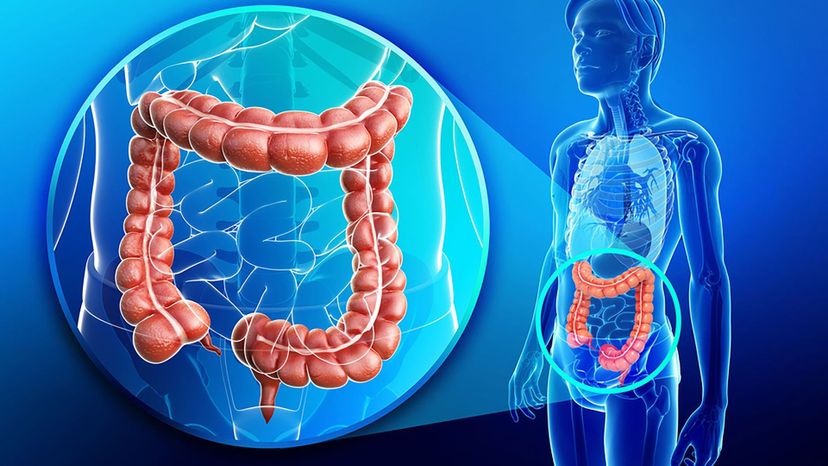
Advertisement
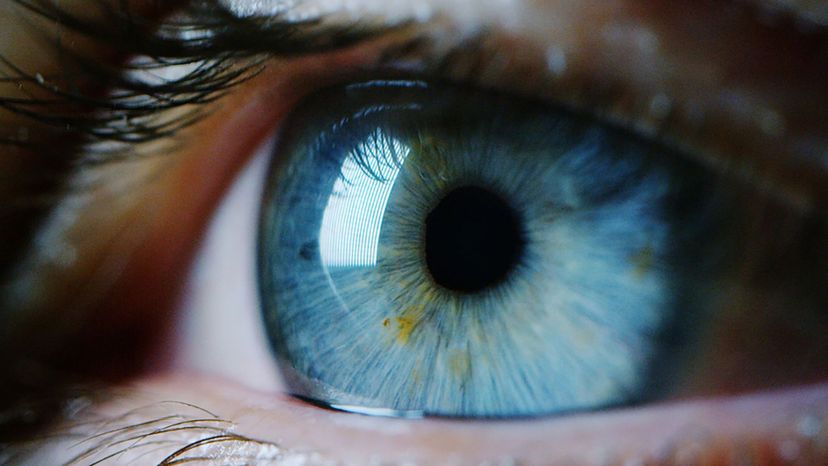
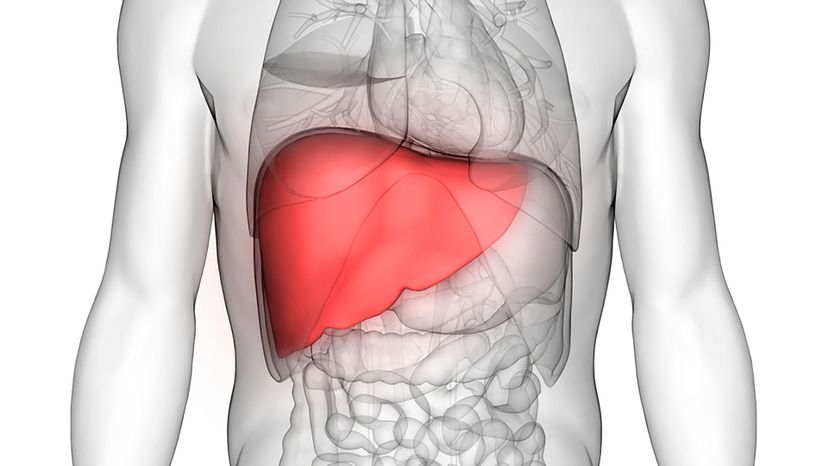
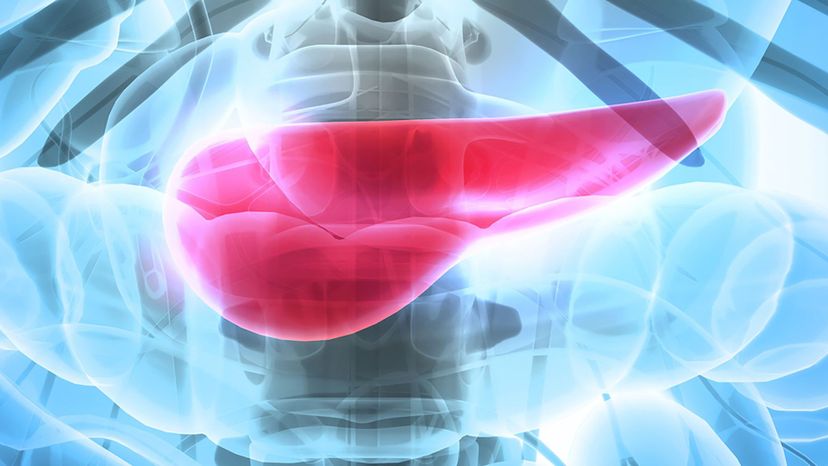
Advertisement
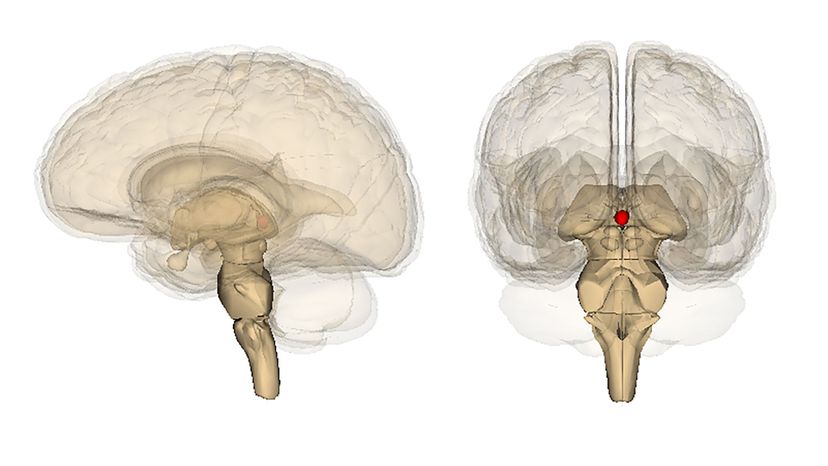
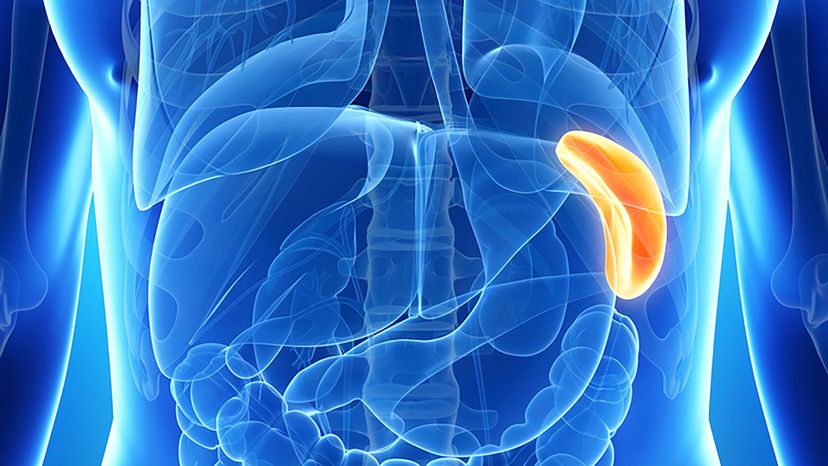
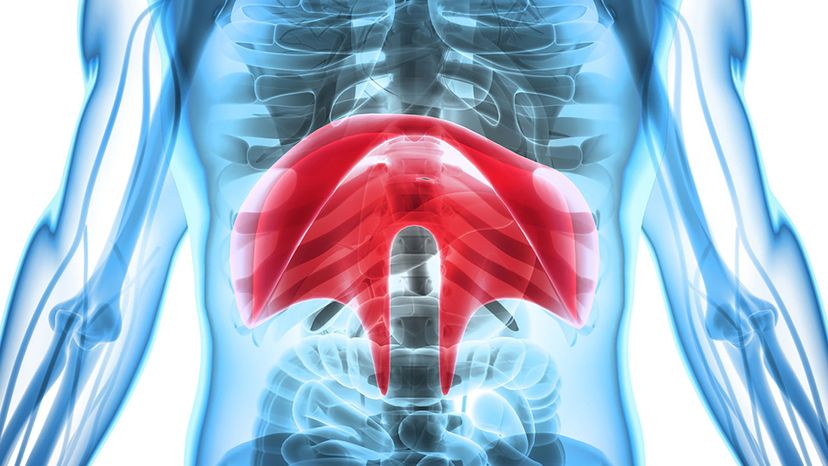
Advertisement
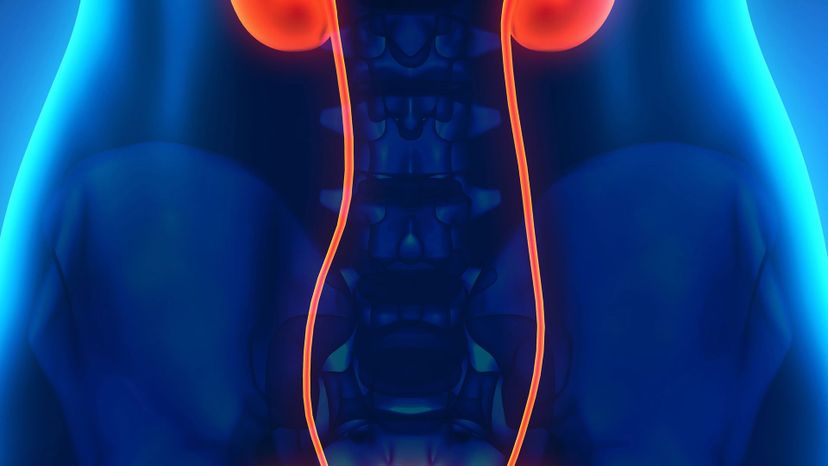
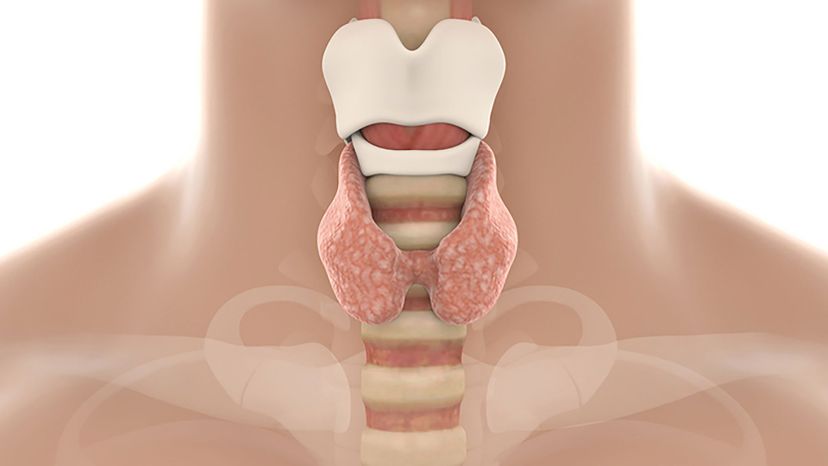
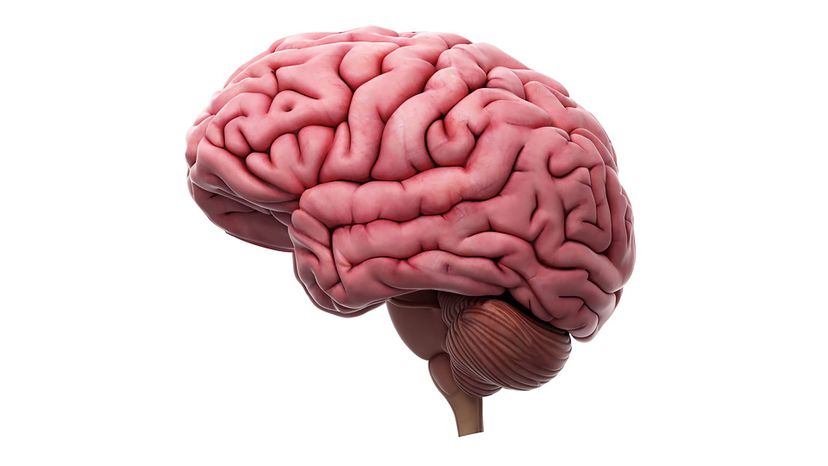
Advertisement

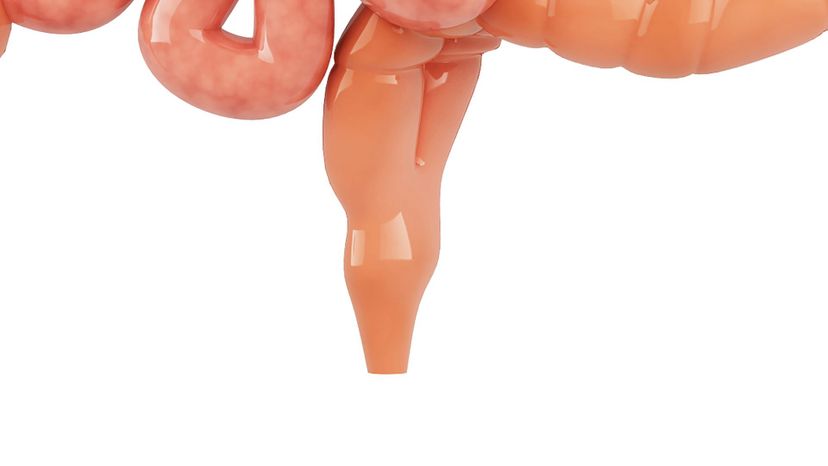
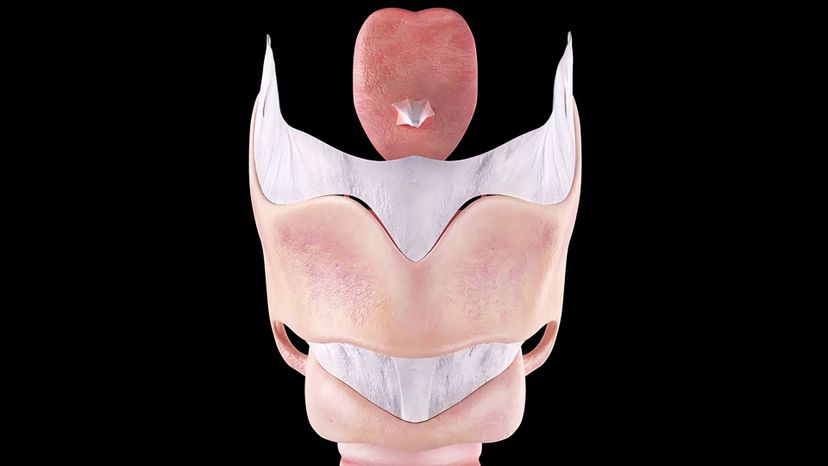
Advertisement
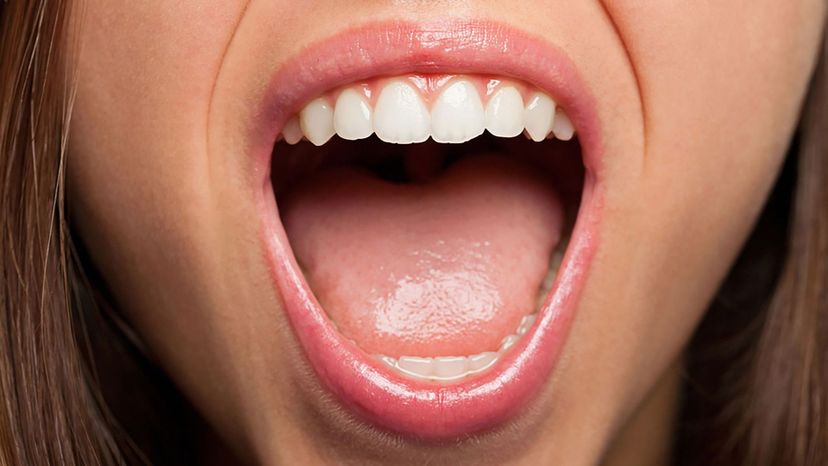
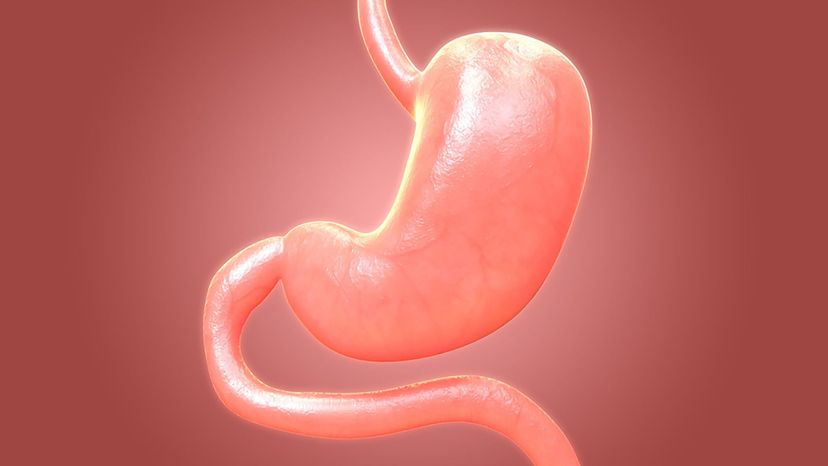
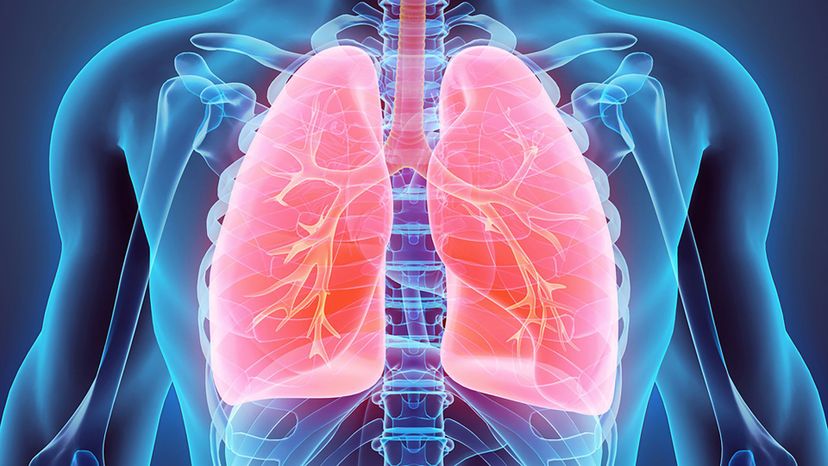
Advertisement
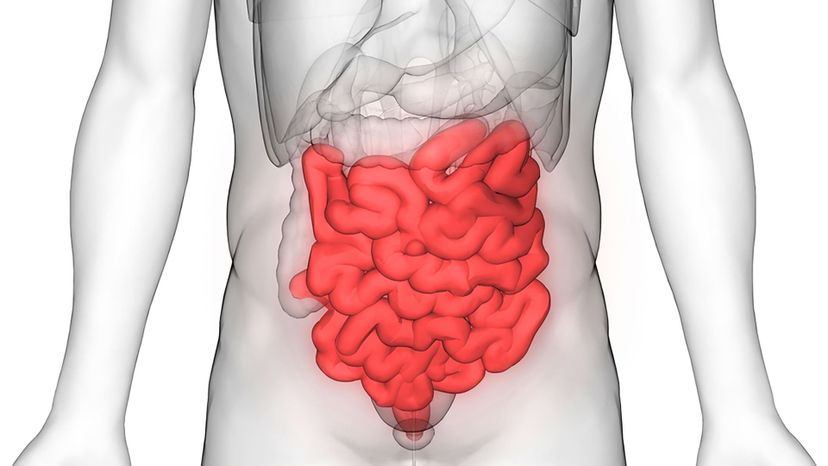
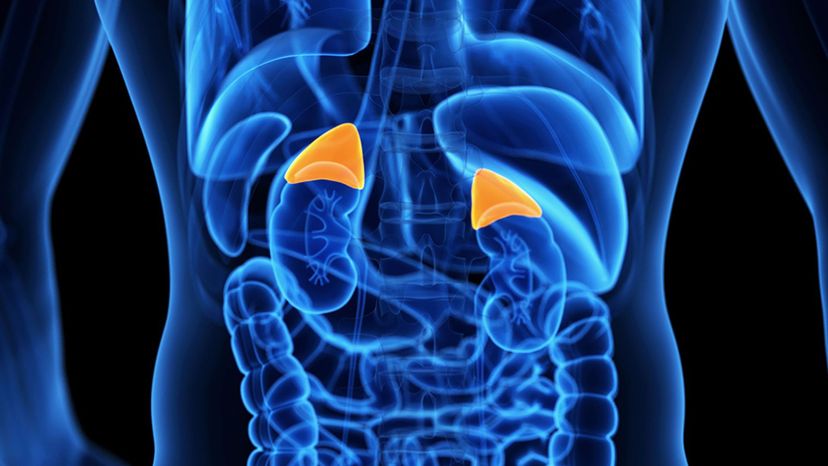
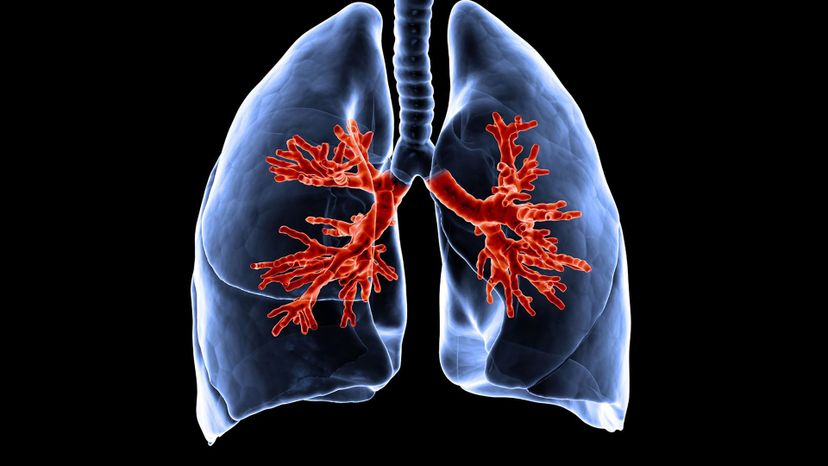
Advertisement
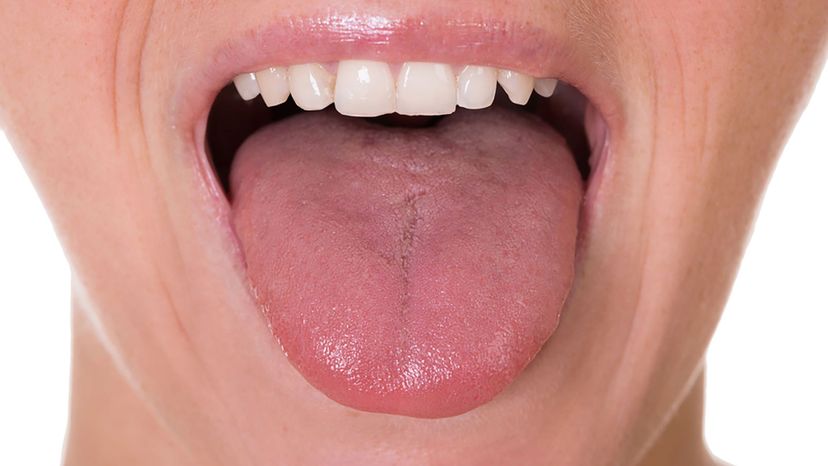
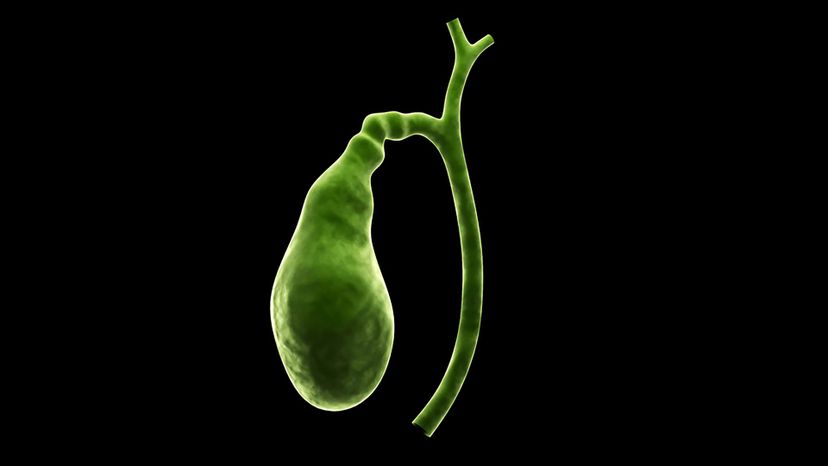
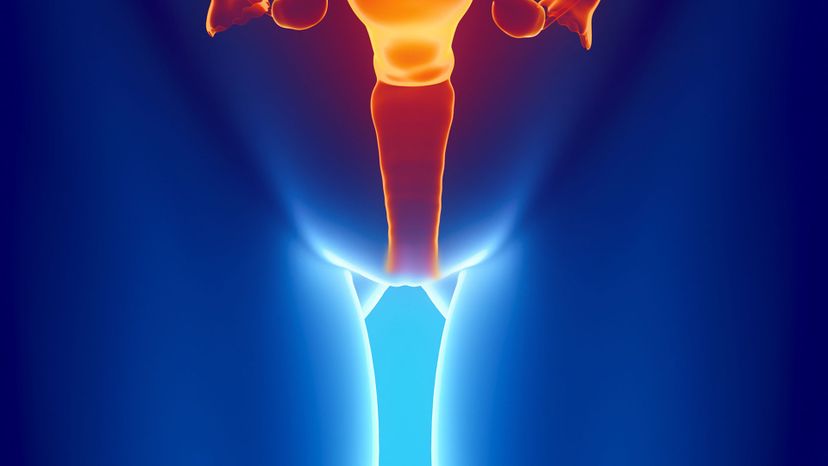
Advertisement
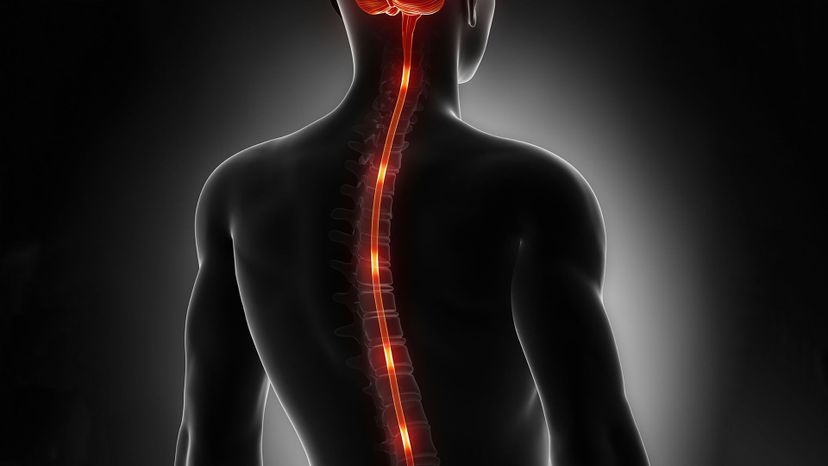
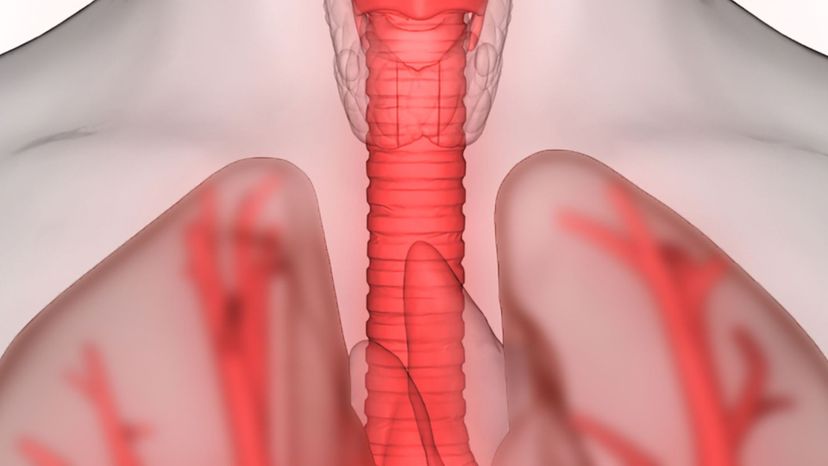
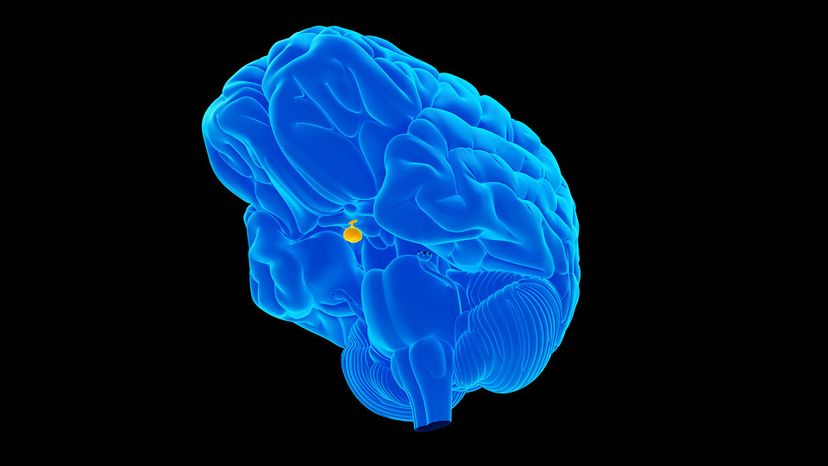
Advertisement
